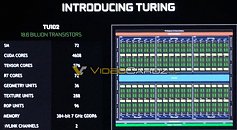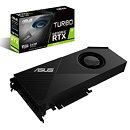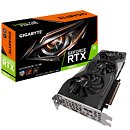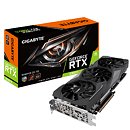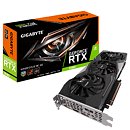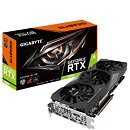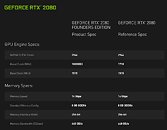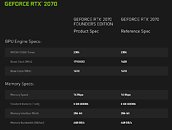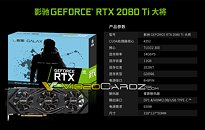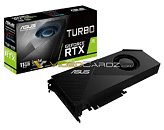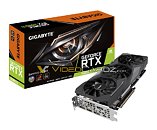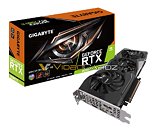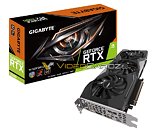
NVIDIA GeForce RTX 2080 Ti Benchmarks Allegedly Leaked- Twice
Caveat emptor, take this with a grain of salt, and the usual warnings when dealing with rumors about hardware performance come to mind here foremost. That said, a Turkish YouTuber, PC Hocasi TV, put up and then quickly took back down a video going through his benchmark results for the new NVIDIA GPU flagship, the GeForce RTX 2080 Ti across a plethora of game titles. The results, which you can see by clicking to read the whole story, are not out of line but some of the game titles involve a beta stage (Battlefield 5) and an online shooter (PUBG) so there is a second grain of salt needed to season this gravy.
As it stands, 3DCenter.org put together a nice summary of the relative performance of the RTX 2080 Ti compared to the GeForce GTX 1080 Ti from last generation. Based on these results, the RTX 20T0 Ti is approximately 37.5% better than the GTX 1080 Ti as far as average FPS goes and ~30% better on minimum FPS. These are in line with expectations from hardware analysts and the timing of these results tying in to when the GPU launches does lead some credence to the numbers. Adding to this leak is yet another, this time based off a 3DMark Time Spy benchmark, which we will see past the break.
As it stands, 3DCenter.org put together a nice summary of the relative performance of the RTX 2080 Ti compared to the GeForce GTX 1080 Ti from last generation. Based on these results, the RTX 20T0 Ti is approximately 37.5% better than the GTX 1080 Ti as far as average FPS goes and ~30% better on minimum FPS. These are in line with expectations from hardware analysts and the timing of these results tying in to when the GPU launches does lead some credence to the numbers. Adding to this leak is yet another, this time based off a 3DMark Time Spy benchmark, which we will see past the break.











